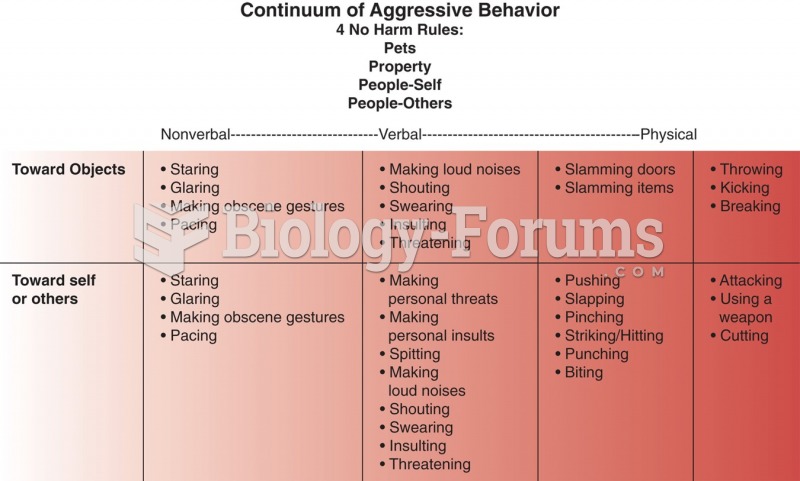Answer to Question 1
c
Answer to Question 2
According to Kelley, people make attributions by using the covariation principle: In
order for something to be the cause of a behavior, it must be present when the behavior
occurs and absent when it does not. Three kinds of covariation information in particular
are useful: consensus, distinctiveness, and consistency.
Thinking like a scientist, you might seek out consensus information to see how
different persons react to the same stimulus. In other words, what do other moviegoers
think about this film? If others also rave about it, then this stranger's behavior is high in
consensus and is attributed to the stimulus. If others are critical of this film, however,
then the behavior is low in consensus and is attributed to the person.
Still thinking like a scientist, you might also want distinctiveness information to see
how the same person reacts to different stimuli. In other words, what does this
moviegoer think of other films? If the stranger is generally critical of other films, then
the target behavior is high in distinctiveness and is attributed to the stimulus. If the
stranger raves about everything he or she sees, however, then the
behavior is low in distinctiveness and is attributed to the person.
Finally, you might want to seek consistency information to see what happens to the
behavior at another time when the person and the stimulus both remain the same. How
does this moviegoer feel about this film on other occasions? If the stranger raves about
the film on video as well as in the theater, regardless of surroundings, then the behavior
is high in consistency. If the stranger does not always enjoy the film, the behavior is
low in consistency. According to Kelley, behavior that is consistent is attributed to the
stimulus when consensus and distinctiveness are also high and to the person when they
are low. In contrast, behavior that is low in consistency is attributed to transient
circumstances, such as the temperature of the movie theater







